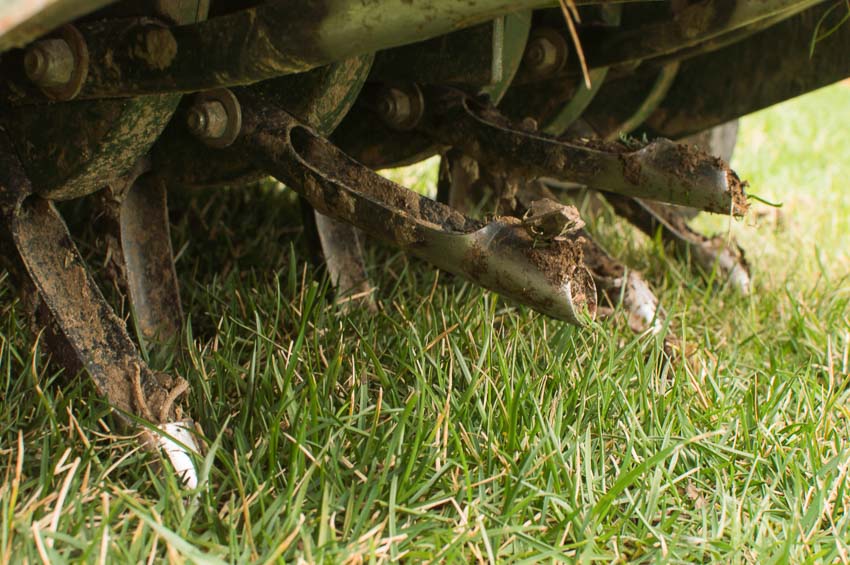Growing a lawn on heavily compacted soils, especially clay soils prone to compaction, is almost like growing grass on concrete. Aerating your lawn regularly is one of the best things you can do for your grass, but should you use a core or spike aerator?
What is Lawn Aeration?
Soil compaction is a common problem for yard enthusiasts. It can occur due to natural forces like raindrop impact or human activities such as heavy foot traffic. While some soil types are more prone to compaction, every lawn can benefit from regular aeration to reduce compaction.
Oxygen is as vital for plant growth as nutrients like nitrogen and potassium, and compacted soil could be why your lawn isn’t thriving as it should be. Lawn aerators poke holes in the soil, which allows for better drainage and helps oxygen reach the roots of your grass, where it can be absorbed.
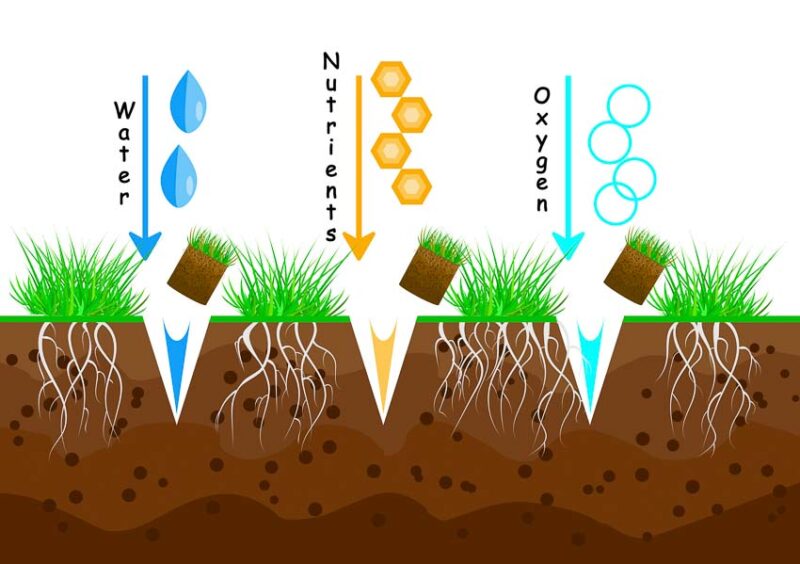
Unlike weeds, which are meant to break through hard soils, the roots of the grass in your lawn suffocate in compacted soils. Hard soils don’t allow air, water, and nutrients to reach the roots, making it impossible for your lawn to compete with weeds.
Exploring Core Aerators
In deciding whether to use core or spike aeration, it’s useful to know the details involved in each method.
The two methods used to aerate lawns are core and spike aeration. They work similarly to allow more air circulation and promote water drainage. Learn more about core aerators, how they operate, and the benefits of using core aeration.
What is a Core Aerator?
Core aerators are also known as plug aerators because they remove a plug of soil from the ground. Here is how a core aerator works.
Mechanism and Operation

Core aerators have tines that rotate as you go across the lawn and remove plugs of soil, which is different from spike aeration. Ideally, core aerators remove plugs of soil about 2 to 3 inches apart.
Core aerator soil plugs are long and thin, about ½” to ¾” in diameter, and about 2 to 3 inches deep. The ground needs to be slightly moist when you aerate so the tines can penetrate, but if it’s too soggy, the mud will stick to the tines.
How Core Aerators Benefit Your Lawn
Another way to decide whether to use core or spike aeration is to consider the potential advantages.
Lawn aeration has numerous benefits and will help reduce issues with standing water, storm runoff, and excessive thatch buildup. It will also help your lawn absorb fertilizers and develop strong root systems, which help your grass resist drought and heat.
Not only do plants need oxygen, but the microbes in the soil also need air to thrive. Aeration makes it easier for water and air to circulate in the soil, which helps microbes break down heavy thatch and turn it into nutrients that your grass can use.
The Core Aeration Process
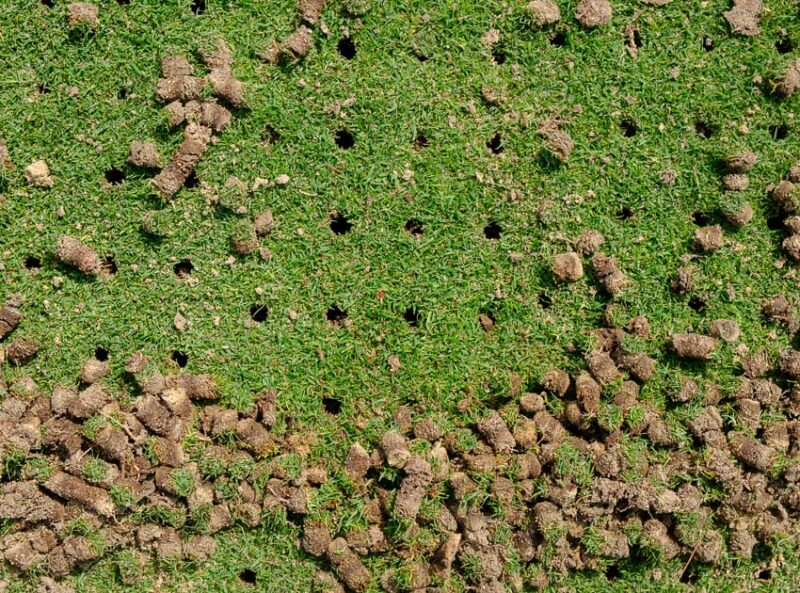
Core aeration disturbs the surface of your lawn, but there’s almost nothing better for a healthy lawn.
To use a core aerator, work in one direction across your lawn and then go over it again in a crisscross fashion. When you’re done, your lawn will look like a checkerboard.
Quick Glance at Core Aerator Types

The three types of core aerators are manual, gas-powered, and tow-behind models. Many people prefer to rent aerators because you only need to perform lawn aeration once or twice a year, depending on your soil type.
| Type of core aerators | Pros and cons | Best for |
| Manual hand-held core aerator Buy: $30 to $130 Rent: not applicable | Inexpensive; Easy to use; Low maintenance; Requires physical effort | Best for small lawns with mild compaction problems. |
| Manual push aerator Buy: $30 to $125 Rent: not applicable | Inexpensive; Easy to use; Low maintenance; Requires physical effort | Best for small to medium lawns with moderate compaction problems. |
| Gas-powered aerator Buy: $2,000 to $5,000 Rent: $100 per day | Efficient; Portable; Expensive; Requires more maintenance; Physically demanding to operate | Best for large areas with significant compaction. Choose between walk-behind and stand-on models. |
| Tow behind aerator Buy: $100 to $300 Rent: $50 per day | Requires a riding lawn mower or tractor; Easier to use than other types of aerators | Best for large yards or athletic fields. They can be weighted down to improve performance. |
Benefits of Core Aeration
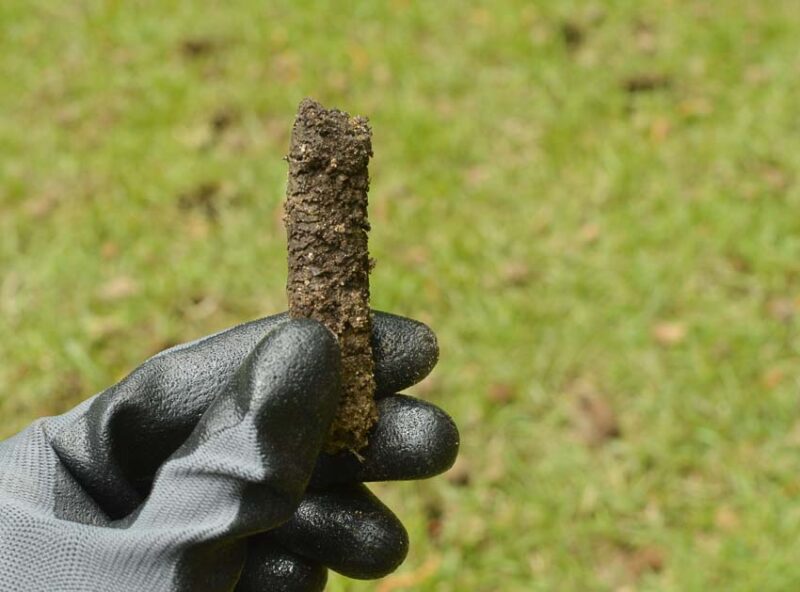
Professional landscapers prefer core aeration because it provides the best air circulation and drainage, which helps reduce many problems associated with growing lawns. Because plugs of soil are removed, it’s a long-term solution to soil compaction.
Exploring Spike Aerators
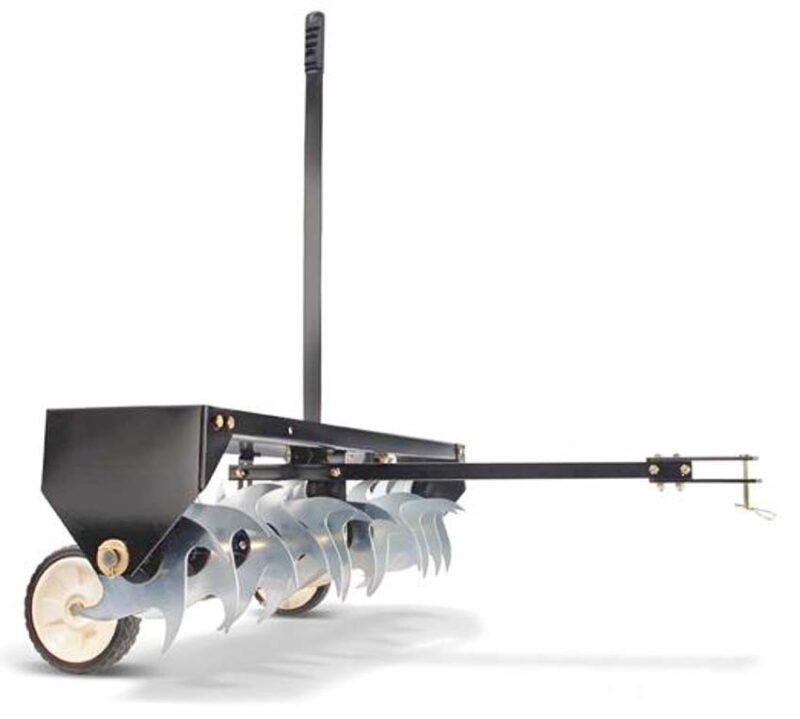
Spike aeration is economical for people with small yards and mild compaction issues. Learn more about spike aerators, their design and functionality, and how they impact your lawn.
What is a Spike Aerator?
Spike aerators poke holes in the soil but don’t remove plugs as core aerators do. Instead, the tines are forced into the soil, creating a hole as the dirt is pushed to the sides of the tine.
Design and Functionality
Except for tow-behind models, you can manually operate most spike aerators. So they aren’t well suited for large yards with heavily compacted soil. They also work best if your yard doesn’t have a lot of rocks or heavy thatch buildup.
Manual and rolling spike aerators have a similar design to rolling core aerators, with the main difference being that the aeration spikes are not hollow. Most models have a tray so you can add weight, like bags of fertilizer, to improve the penetration of the tines into your soil.
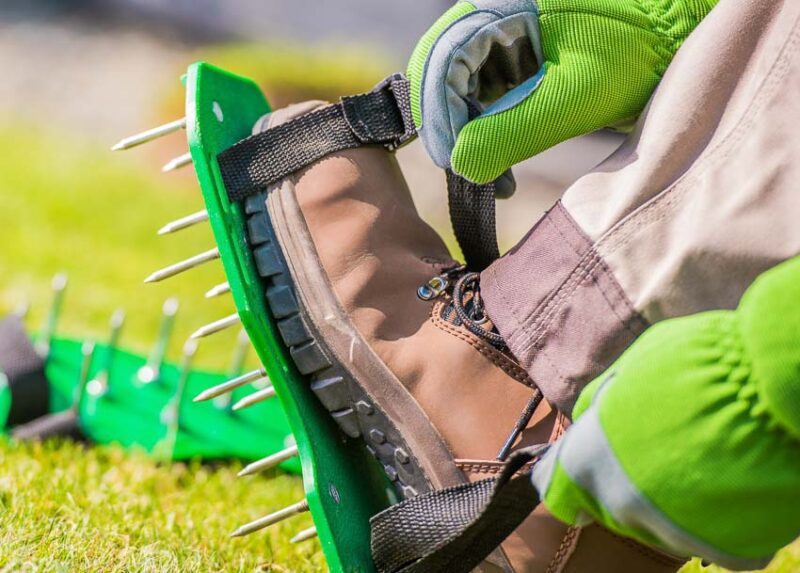
Other spike aerators include spiked aeration shoes, which you strap to your feet and poke holes in your lawn as you walk across your yard. A pitchfork is another quick and simple solution for people who already own one.
How Spike Aerators Impact Your Lawn
Spike aerators allow your soil to drain and promote nutrients and air to get to the roots of your lawn. However, because they push soil to the side instead of removing a plug of turf, they are less effective and can worsen compaction issues in the long run.
Quick Glance at Spike Aerator Types
Spike aerators are inexpensive and aren’t generally available to rent.
| Type of spike aerators | Pros and cons | Best for |
| Spiked aeration shoes Buy: $10 to $20 | The least expensive aeration option; Not good for heavy compaction. | Best for short-term fixes for lawns less than 1,000 square feet. |
| Pitchforks Buy: $35 to $60 | Free if you already own a pitchfork; Not efficient for large areas | Best for an immediate solution to compaction in small patches of grass. |
| Rolling push aerators Buy: $40 to $70 | Inexpensive; Won’t work on heavily compacted soils | Best for small yards with mild compaction problems. |
| Tow behind spike aerators Buy: $100 to $200 | Requires a riding lawn mower or tractor; Easier to use than other types of aerators | Best for large yards with moderate compaction problems. Choose a model with a tray so you can add weight. |
The Spike Aeration Process
You can employ the same methods that you use with core aerators when using tow-behind and rolling spike aerators. Go across your lawn in one direction, then repeat the process by going across in a perpendicular direction.
It will be much easier with spike aeration to penetrate the soil if it’s moist. However, if it’s too wet, the ground will instantly fill in the holes as you make them.
Benefits of Spike Aeration
Spike aeration is a short-term fix for heavily compacted soils. These soils have a lot of disruption to the surface of your lawn. Spike aeration works best for soils that don’t have a lot of rocks or debris. Also, if there is too much clay in your soil, it may not be an effective method.
Choosing the Best Aerator for Your Lawn
How do you choose the best lawn aerator? Spike aerators are a more economical choice, but you must consider other factors. Take a closer look at the differences between core and spike aerators before you decide.
Factors to Consider
You should consider several factors before deciding what type of lawn aerator is best for your yard. The size and type of lawn and the soil conditions in your yard are the most important factors to take into account.
Lawn Size and Type
A spike aerator might suffice if your lawn is small, but a core aerator will be more appropriate if you are aerating several thousand square feet. Choose a stand-on gas-powered core aerator for large lawns or a tow-behind aerator.
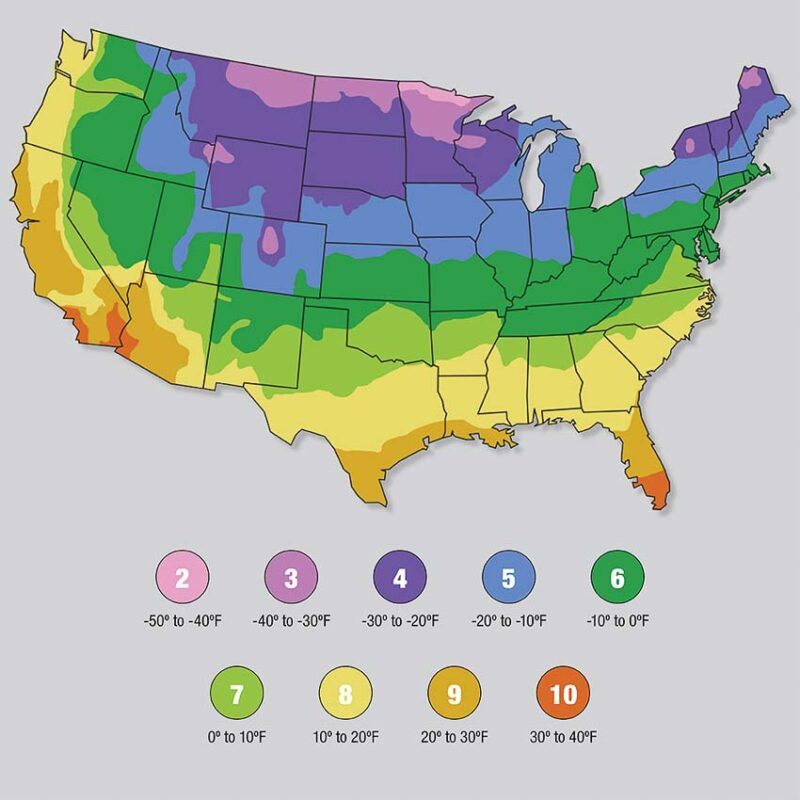
Also, consider the type of grass you are growing. Many cool-season grasses, like Kentucky bluegrass, fescues, and perennial ryegrass, are clumping grasses. They benefit more from core aeration than warm-season creeping grasses like Bermuda or zoysia grass, which are spread by rhizomes.
Soil Condition and Compaction
How badly is your soil compacted? Try sticking a screwdriver into the soil of your lawn and see what happens.
Here are a few signs that the soil in your lawn is heavily compacted:
- Your grass turns brown and dies in the summer.
- Puddles of water form instantly when you water your lawn.
- You have thin patchy grass.
- Water runs onto nearby sidewalks, patios, and driveways when you water.
Manual core and spike aerators may not be able to penetrate your soil if it’s heavily compacted. In this case, using a gas-powered core aerator will likely be your best option.
Other Factors to Consider
Operating a gas-powered core aerator is tough, and not everyone is up to the task. If you’re not physically capable, but you’re intent on DIYing your lawn aeration, choose another method, like a tow-behind core aerator.
Tow-behind aerators are a good option for large yards, but they require a riding lawn mower. If you have to aerate a large yard and don’t have a riding lawn mower, a stand-on core aerator is less physically demanding than a walk-behind model.
Finally, you should consider your budget when choosing an aerator. Spike aerators are more budget-friendly, but if you need a core aerator, you can still rent one if purchasing one isn’t in your budget.
Core Aerator vs. Spike Aerator: Which is Better?
Deciding which type of aerator is best for your yard requires careful examination and consideration of your budget, lawn size, soil type, and physical capabilities.
If you have a long-term plan for the success of your lawn, consider using a core aerator, even if it means renting one for the day or weekend. On the other hand, if you want a quick solution for a small patch of grass, spike aeration is a good choice.
FAQ: Common Questions About Core vs. Spike Aerators
1. How often should I aerate my lawn?
You need to aerate most lawns once a year. The best time to aerate your lawn is during peak growing conditions in the spring, when your grass can recover quickly and develop a strong root system. For cool-season grasses , fall is another excellent time of year.
2. Can I rent aerators for DIY lawn care?
Many people rent core aerators for DIY lawn care, especially expensive ones like gas-powered aerators. Owning one may not be cost-effective since you only need to use an aerator once a year.
3. Will aeration help with thatch removal?
Core aeration helps with thatch because it removes a plug of soil. However, aeration can’t replace dethatching if you have excessive thatch buildup, and if you have a thick layer of thatch, aeration is easier and more effective if you dethatch your lawn first.
4. Can I overseed after aerating my lawn?
Grass seeds can’t sprout in heavily compacted soil, which is why many people aerate their lawns before overseeding. You should plant grass seed within 48 hours of aeration because the loosened soil and improved circulation will give the grass seeds a place to take root.
5. Should I water my lawn before or after aerating?
You should water your lawn thoroughly a couple of days before aerating to ensure it is moist but not too wet. Heavily compacted soils are often too hard for most equipment to penetrate, and you’ll cause more disruption to the surface of your lawn without reaching the root zone, which is what you’re aiming for.

